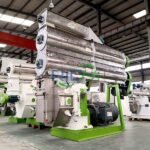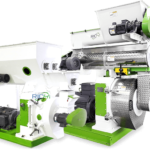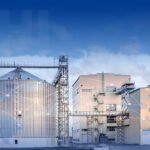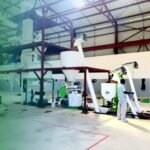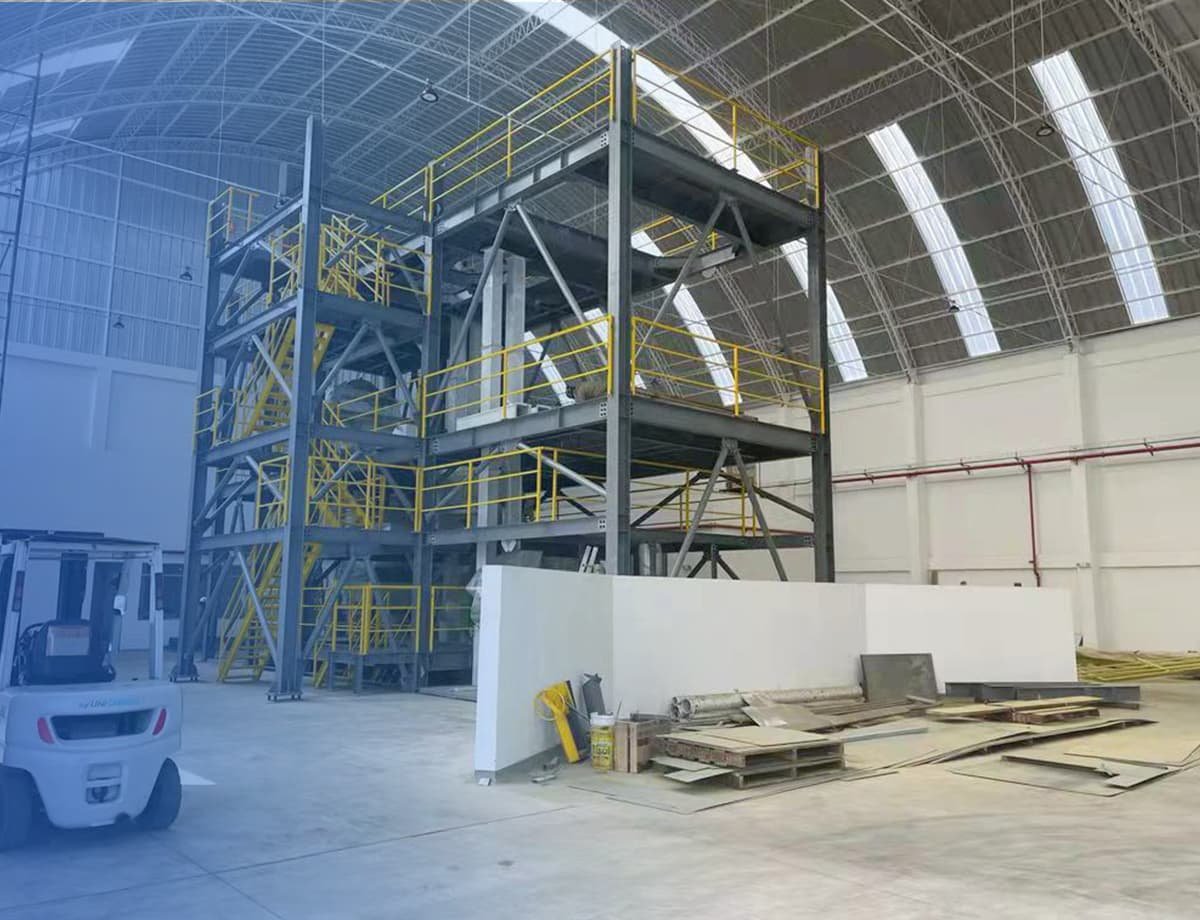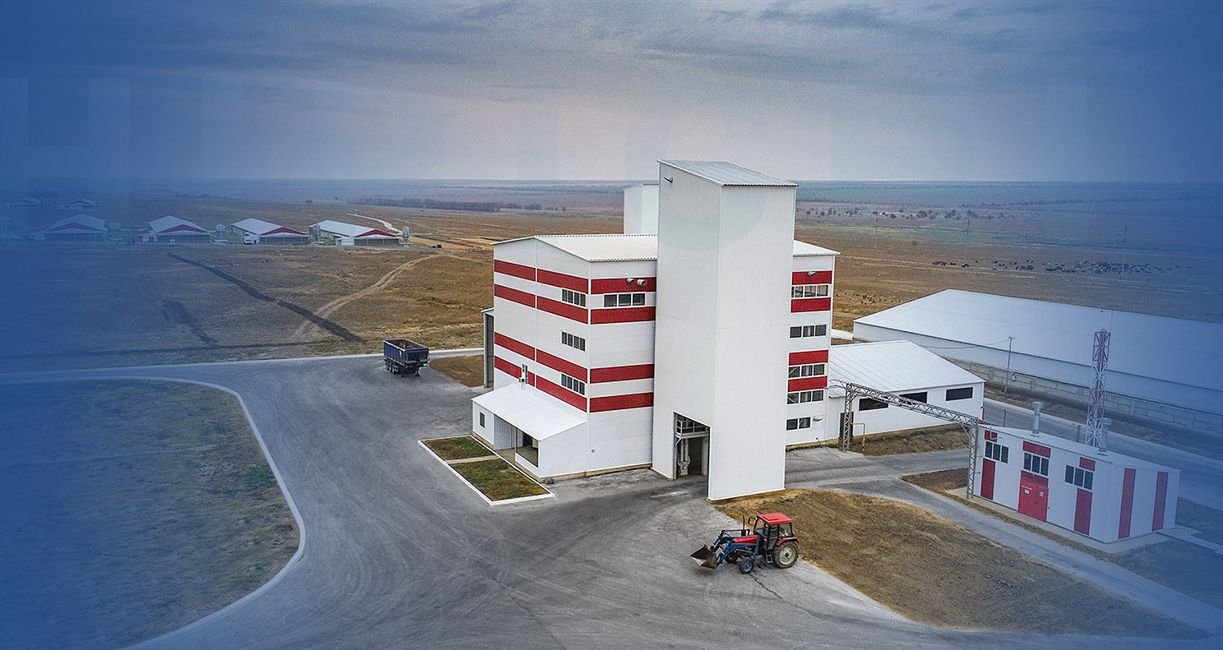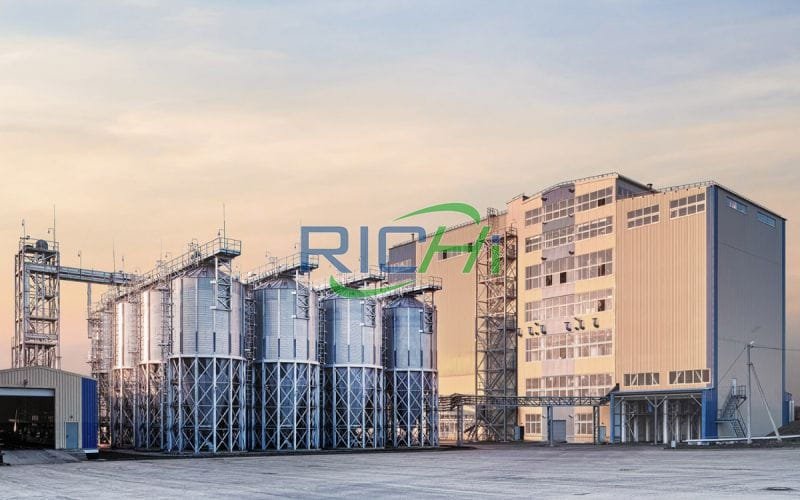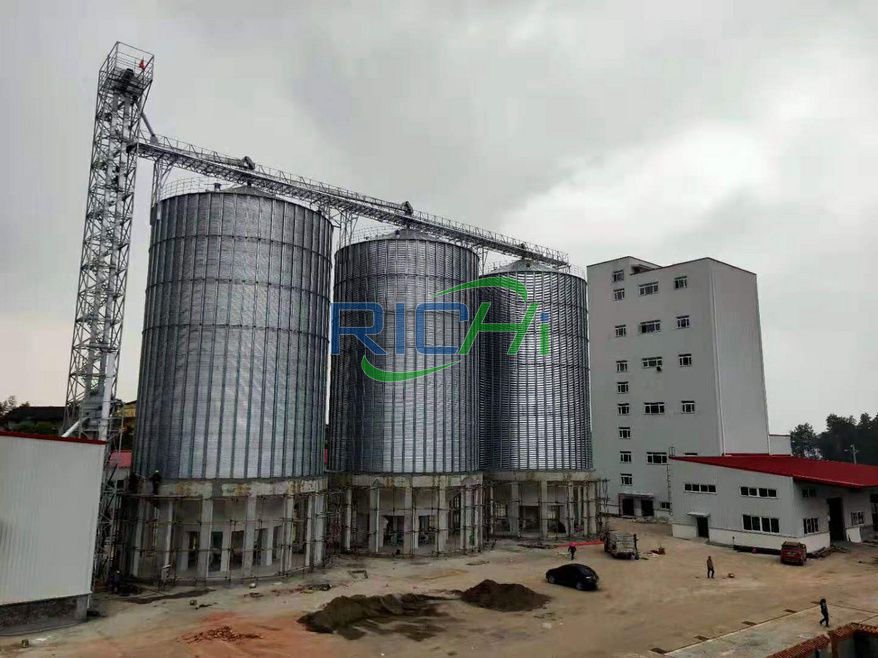Building an organic fertilizer production line requires significant investment in equipment, raw materials, labor, and facilities. It’s crucial for businesses to conduct a comprehensive cost analysis and estimate the return on investment (ROI) before starting the construction of such a facility. Understanding these financial aspects is essential for making informed decisions and ensuring the project’s profitability.
In this article, we will explore the primary cost factors involved in setting up an organic fertilizer production line, the breakdown of operational expenses, the concept of ROI, and how to optimize costs while maintaining quality and efficiency. By the end, you will have a clearer picture of the investment requirements and financial projections for your organic fertilizer production plant.
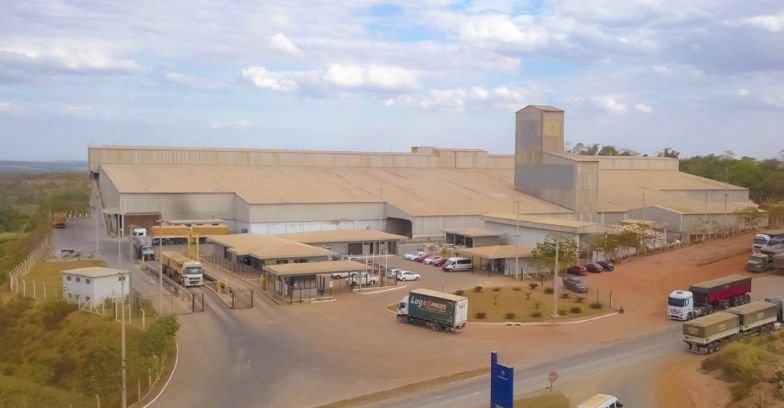
1. Key Factors Influencing the Cost of Building an Organic Fertilizer Production Line
The total cost of building an organic fertilizer production line can vary widely depending on several key factors. These factors influence both the initial capital expenditure (CAPEX) and the ongoing operational costs (OPEX).
1.1 Production Capacity
The size and scale of the production line directly affect the cost. Larger plants capable of producing higher volumes of organic fertilizer require more equipment, space, and workforce, which increase the initial investment. For example:
- Small-scale plant: Produces 1-5 tons per day
- Medium-scale plant: Produces 10-30 tons per day
- Large-scale plant: Produces 50-100 tons or more per day
1.2 Type of Organic Fertilizer
The type of organic fertilizer being produced will also influence the cost. For example:
- Compost-based fertilizers require lower investment as they involve simpler processes.
- Bio-organic fertilizers or organic pellet fertilizers require advanced technology for granulation and drying, making them more expensive to produce.
1.3 Location and Infrastructure
The geographic location of the plant plays a significant role in determining costs:
- Land costs: Location in urban or rural areas will affect land prices.
- Utility availability: Availability of electricity, water, and gas at the plant site.
- Transportation: Proximity to raw material suppliers and end customers can reduce logistics costs.
1.4 Raw Materials
The cost of raw materials depends on the feedstock used for producing organic fertilizer. Common raw materials include:
- Animal manure (chicken, cow, pig, etc.)
- Crop residues (straw, husks, etc.)
- Other organic waste (food waste, garden trimmings, etc.)
The availability and cost of these raw materials will depend on the region and seasonal factors.
1.5 Technology and Equipment
The choice of technology and equipment is a significant cost factor. Some of the major equipment required includes:
- Composting machines (e.g., windrow turners, composters)
- Granulators (for pelletizing organic fertilizer)
- Dryers (for reducing moisture content)
- Mixers (for blending raw materials)
- Sifters and coolers (for product screening and cooling)
Advanced equipment with automation and energy-saving features typically has a higher upfront cost but offers long-term savings in labor and operational efficiency.
1.6 Labor Costs
Labor costs depend on the location, scale of the plant, and the level of automation. Automated production lines require fewer workers compared to manual or semi-automatic lines. Labor costs will also include maintenance personnel, administrative staff, and security.
1.7 Regulatory Compliance and Environmental Considerations
Fulfilling local environmental regulations, such as waste management, air quality, and water usage standards, can incur additional costs. Permits, licenses, and adherence to quality standards may require ongoing investments. (Related post: organic fertilizer production project)
2. Breakdown of Initial Capital Expenditure (CAPEX)
A typical organic fertilizer production line requires an initial capital investment in the following areas:
2.1 Facility and Land
- Land acquisition: Costs vary based on location, size, and local real estate markets.
- Building construction: Includes the costs for workshops, warehouses, offices, and utilities.
2.2 Equipment
- Composting equipment: Equipment like windrow turners, compost mixers, and aerobic digesters.
- Granulation equipment: Disc or rotary granulators.
- Dryers and coolers: Necessary for drying wet compost or pelletized fertilizer.
- Packaging and storage systems: Automatic packaging machines, palletizers, storage silos.
2.3 Installation and Commissioning
Installation costs cover the transportation, assembly, and setup of equipment, along with initial testing.
2.4 Regulatory Fees and Permits
These are expenses related to obtaining the necessary permits and adhering to environmental regulations.
2.5 Working Capital
Initial working capital is necessary to cover raw material procurement, staff salaries, and initial production cycles until the plant begins generating revenue.
3. Breakdown of Operational Expenses (OPEX)
Operational costs will include the day-to-day expenses required to run the organic fertilizer plant.
3.1 Raw Material Costs
The cost of raw materials such as manure, compostable materials, and organic waste is a significant part of the operating expenses. Prices for these materials can fluctuate based on availability, quality, and location.
3.2 Energy Costs
Energy consumption, particularly for machines like dryers, mixers, and granulators, can account for a substantial portion of operational costs. Using energy-efficient equipment or renewable energy sources can help reduce these costs over time.
3.3 Labor Costs
Labor costs include wages, benefits, and other related expenses for employees involved in production, maintenance, and management. More automated systems can lower labor requirements, but skilled labor may still be needed for monitoring and maintenance.
3.4 Maintenance and Repairs
Routine maintenance is essential to keep the equipment running smoothly. Spare parts and labor for repairs should be factored into ongoing costs.
3.5 Packaging and Distribution
Packaging materials (bags, labels, and pallets) and distribution costs must be considered when calculating the overall cost of production. Logistics costs for transporting finished products to customers or distributors also need to be factored in.
3.6 Waste Management
In organic fertilizer production, managing waste by-products such as dust, water runoff, or leftover raw materials is important for compliance and environmental protection. (Related post: fertilizer granulator machine)
4. Estimating Return on Investment (ROI)
The ROI of an organic fertilizer production line depends on various factors, including the scale of the facility, the efficiency of operations, and the market demand for organic fertilizers. Here’s how to estimate ROI:
4.1 Revenue Generation
Revenue from selling the fertilizer is based on:
- Production capacity: Larger plants can produce more fertilizer, increasing revenue potential.
- Product pricing: The price of organic fertilizer depends on factors like nutrient content, packaging, and market demand.
- Market penetration: Sales can be influenced by local demand, export opportunities, and brand recognition.
4.2 Profit Margins
Profit margins will depend on the operational efficiency, cost control, and product quality. Typically, the organic fertilizer market has higher margins compared to synthetic fertilizers, especially with increasing demand for sustainable agricultural practices.
4.3 Payback Period
The payback period refers to the time it takes for the investment to be recouped. Generally, smaller plants have a payback period of 2–3 years, while larger, fully automated plants may take 4–5 years to reach profitability.
4.4 Risk Factors
Market conditions, raw material costs, regulatory changes, and environmental challenges can impact ROI. However, with strong demand for organic products, the fertilizer market remains promising.
5. Optimizing Costs and Maximizing ROI
To optimize the costs and improve ROI, the following strategies can be applied:
- Invest in energy-efficient and automated equipment to reduce labor and energy costs.
- Negotiate favorable terms with raw material suppliers to lower material costs.
- Explore renewable energy sources like solar or biogas to reduce energy expenses.
- Increase production capacity to take advantage of economies of scale.
- Market your fertilizer effectively to establish a strong brand presence and maximize product pricing.
6. Conclusion
Building an organic fertilizer production line requires a significant upfront investment, but with the right planning, technology, and market strategy, the project can be highly profitable. A detailed cost analysis and ROI estimation will help you make informed decisions on equipment, production scale, and operational strategies.
The organic fertilizer market is growing rapidly due to the increasing global demand for sustainable agricultural practices. By focusing on efficiency, quality, and innovation, you can create a production line that not only meets market needs but also generates a strong return on investment.


